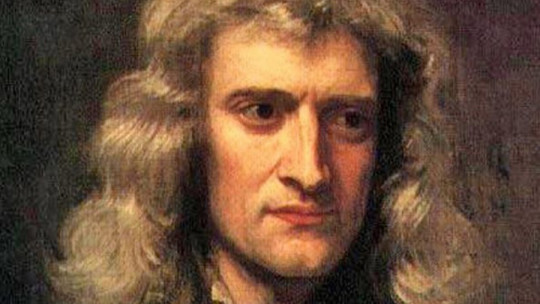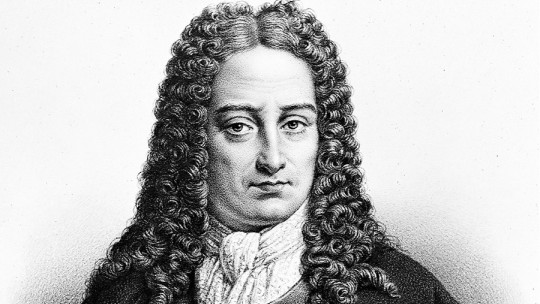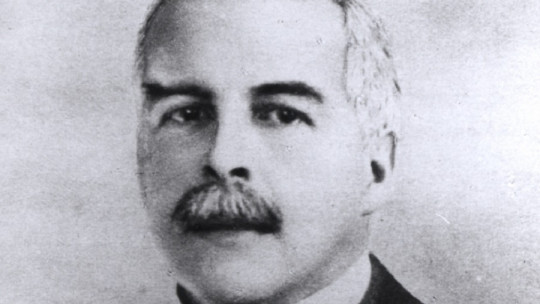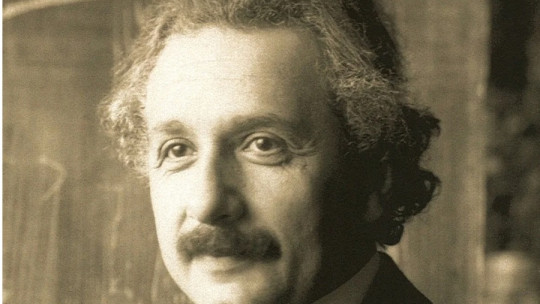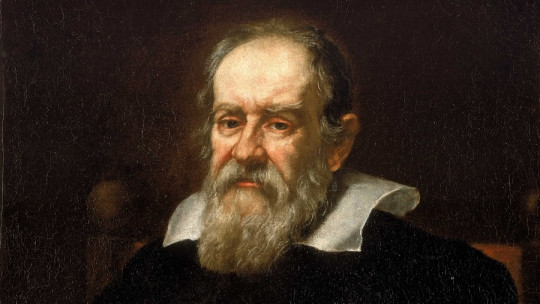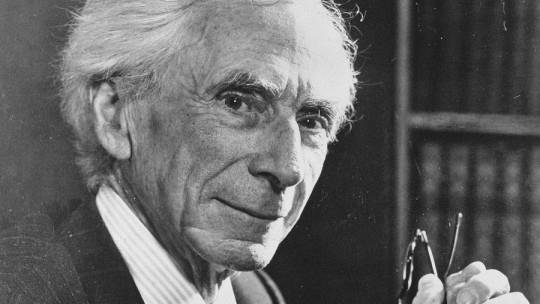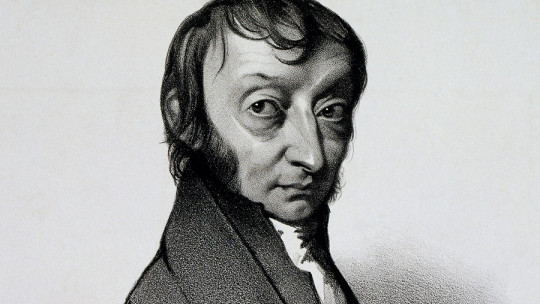It is incredible to reflect on how a series of individuals are capable of changing the course of history in a specific way. Without a doubt, this is the case of Isaac Newton, a multidisciplinary thinker who dedicated his life to physics, theology, research, alchemy and mathematical calculation.
What would modern science have become without their contributions? What would the world of physics be like today if the work Philosophiæ naturalis principia mathematica, which describes the law of universal gravitation and the bases of classical mechanics, had never been published?
Without a doubt, although all human beings are essential to our society in one way or another, there are people who have changed the culture and perception of the world around us. For many scientists, Isaac Newton’s magnum opus is considered the most important scientific publication in history, which is said soon.
Therefore, for any reader eager for scientific knowledge, an approach to the figure of Isaac Newton and his contributions to the world of research is essential. Let’s remember: in order to move forward, we have to be clear about where we come from. Therefore, in this article you will find a summary biography of Isaac Newton and an explanation of the most relevant contributions to science of this incredible figure.
Isaac Newton: the biography of one of the most relevant thinkers in history
Newton was born on January 4, 1643, near the outskirts of the town of Grantham (Lincolnshire, East Midlands, England) where he spent his early years of life. Isaac showed a strong religious spirit during his early life which is demonstrated with a “notebook of sins” that he wrote during his youth, which was auctioned in 1936 and acquired by the University of Cambridge.
As a curiosity, some of the “transgressions” carried out by this young thinker are bizarre to say the least: spitting water or using the word god openly are two examples of the 57 collected.
We do not want to carry out a detailed vital review of each of the stages of this fascinating figure, since we firmly believe that his works speak for themselves. We will limit ourselves to saying that At the age of 18 he entered the University of Cambridge, and at the early age of 26, he succeeded his own teacher Isaac Barrow in the chair of mathematics from his university.
His development as a scientist
After this, in 1672 he joined the Royal Society, a society that brings together the main English scientists, which continues to operate today under the name “The Royal Society of London for the Advancement of Natural Science.” In 1687, at the request of a friend, publishes the treaty Mathematical principles of natural philosophy or “Philosophiæ naturalis principia mathematica” This is, without a doubt, one of the most important works in the fields of science in general and physics in all of history.
Newton held various public positions essential to the direction of his country, as he was a member of parliament, director of the Mint and even held the presidency of the Royal Society in 1703. Of course, during all of these years gave shape to a series of essential contributions that we will list below.
At this point, it is essential to make a note: no matter how idolized a figure is and no matter how powerful his legacy is, a human remains just that, an individual. Thus, Newton’s life was not free of tribulations and discomforts, for example, In 1693 he suffered a great psychic crisis, during which he isolated himself and deprived himself of food and sleep During this time she suffered from recurrent depression and paranoia, leading many specialists to suspect that he appeared to have schizophrenia and bipolar disorder.
We are faced with a multifaceted and fascinating person, because despite being an incredible thinker and an unusual mind, Newton He did not tolerate criticism, he had strong rivalries with other researchers of the time and he even wished death on more than one Of course, personality does not detract from the legitimacy of the work, but we must always remember that we are dealing with human beings, that is, imperfect entities like any of us.
Last years and death
Isaac left this world at the age of 84 (1727) after several kidney problems, due to renal colic. It should be noted that, despite his strong rivalries, accusations of plagiarism and obvious jealousy with the philosopher and mathematician Gottfried Leibniz, he never lost the respect and devotion of both the people and the scientific community. This culminated in the year 1705, when he received the title of “Sir” (knight) from Queen Anne.
Contributions to science
Once we have covered the life of this multifaceted character, it is time to immerse ourselves in his legacy and work.
1. The law of universal gravitation
Bernard Cohen, a contemporary American historian and scientist, states that “the culminating moment of the Scientific Revolution was Isaac Newton’s discovery of the law of universal gravitation.” We are not faced with a simple formula, but rather with the understanding of most of the physical phenomena observable by the human eye
This is one of the many physical laws formulated in the book “Philosophiae Naturalis Principia Mathematica”, which describes the gravitational interaction between bodies with mass. That is, it establishes a proportional relationship between the gravitational force and the mass of the bodies. To keep things simple: we can state that the force with which two masses attract each other is proportional to the product of their masses divided by the distance between them squared. Thus, the closer and more massive two bodies are, the more intensely they will attract each other.
2. Newton’s 3 laws
The writing space is finite, but Newton’s contributions to physics and science in general cannot be counted on two fingers. Thus, we condense the extreme complexity of the three laws of classical mechanics also included in the work cited above:
Although today these nominations may seem “common”, they were the bases of classical mechanics, which has allowed us to range from the understanding and manufacture of machines to the understanding of planetary movement when combined with the law of universal gravitation previously described.
3. Other contributions
Despite having presented the most important postulations of Isaac Newton, there are still many other contributions to the world of science by this figure that the general population does not know about.
For example, Newton He is credited with the invention of infinitesimal calculus (along with the already named philosopher Gottfried Wilhelm Leibniz, whom Newton accused of plagiarism). In summary, it is an important branch of mathematics focused on the study of change and continuity.
Also, this fascinating thinker is credited with the discovery of refractive dispersion, that is, the decomposition of the white light beam into the different colors that compose it (red, orange, yellow, green, blue, indigo and violet). So that, showed that sunlight is composed of the sum of all colors Almost nothing.
We left many more postulations and ideas in the pipeline, but we can summarize Newton’s scientific work in laying the foundations of classical mechanics, various works on light and optics and the development of infinitesimal calculus in the mathematical field.
Summary
We are facing a true genius and titan of his time, who in addition to carrying out multiple research works essential for scientific development, was a renowned public figure, until earning the status of knight in 1705.
Despite all his achievements, he was not a human being without faults, and for this reason he was involved in intense controversies and friction with other thinkers of the time during part of his life. Added to this is a strong theological spirit and the suspicion of various mental disorders, among which a possible bipolar disorder or schizophrenia is attributed. Despite being a human being (with the flaws that this entails), the work and legacy of this impressive figure will endure until humanity comes to an end.

